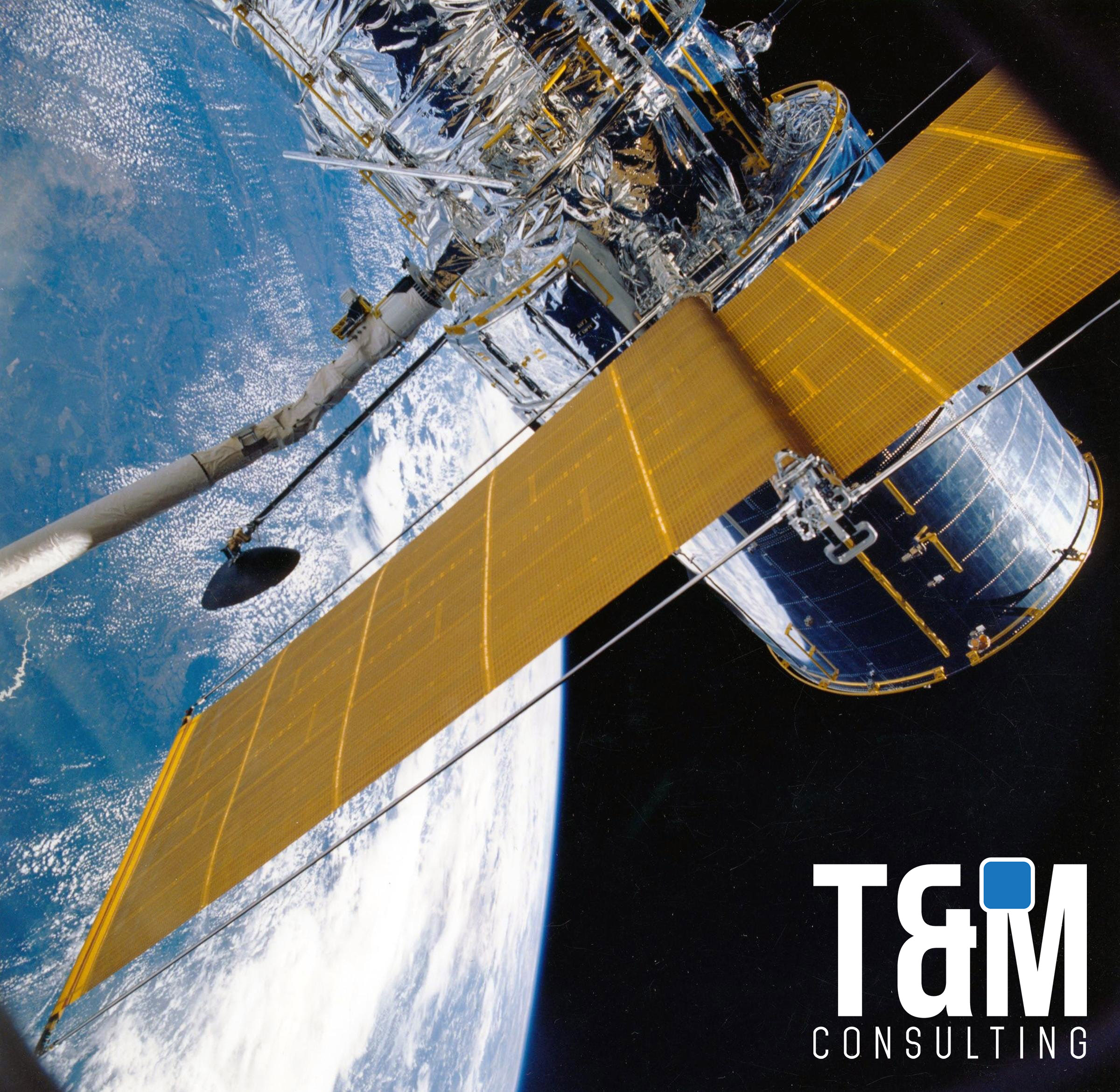Technology
A claw to clean the space.

How does space debris harm us? They can mainly cause two situations, hitting and deteriorating functioning satellites and, on the other hand, blocking and seriously affecting astronomical studies and observations made from Earth.
Even though efforts have been made to decrease or reduce space debris, such as the reuse of parts of spacecraft, so far they have not been effective in a high percentage.
It is estimated that around our planet there are almost 3,000 inactive satellites, and more than 42,000 residual objects, which, adding both elements, is significant the amount of debris and fragments considered space garbage, some of them even difficult to recover, approximately 8,800 tons of objects in orbit.
We are talking about almost 60 years of space activity and more than 5,500 launches, which have formed a cloud of debris composed of old rockets, pieces of satellites, archaic satellites, and other space debris.
Based on this high number, the European Space Agency, leading the first space cleanup project, plans to send a claw that would hold the missing satellites much larger than the debris, and bring them back to Earth, where they could disintegrate, be reused or placed in a controlled area for disposal.
The mission is called ClearSpace-1, and although it was planned for 2019, the Swiss start-up ClearSpace has already been officially contracted to build and subsequently launch its first space debris removal mission.
The first target of the claw, estimated to weigh 500 kilograms, has already been defined. It is a VESPA (Vega Secondary Payload Adapter), a satellite that has been in orbit since it helped launch the agency's Vega rocket in 2013, located between 700 and 800 km from Earth.
The VESPA to be rescued weighs 112 kg and is about the size of a small satellite, so it would be easy to grab by the claw.
For this project, the agency is providing 86 million euros, the rest would be in the hands of ClearSpace, who would be responsible, in the long term, the disposal of space debris.
Although we would have to wait until 2025 to see the claw in operation, this first step to improve the world is significant and hopefully witness its operation.
26 de Enero, 2021





